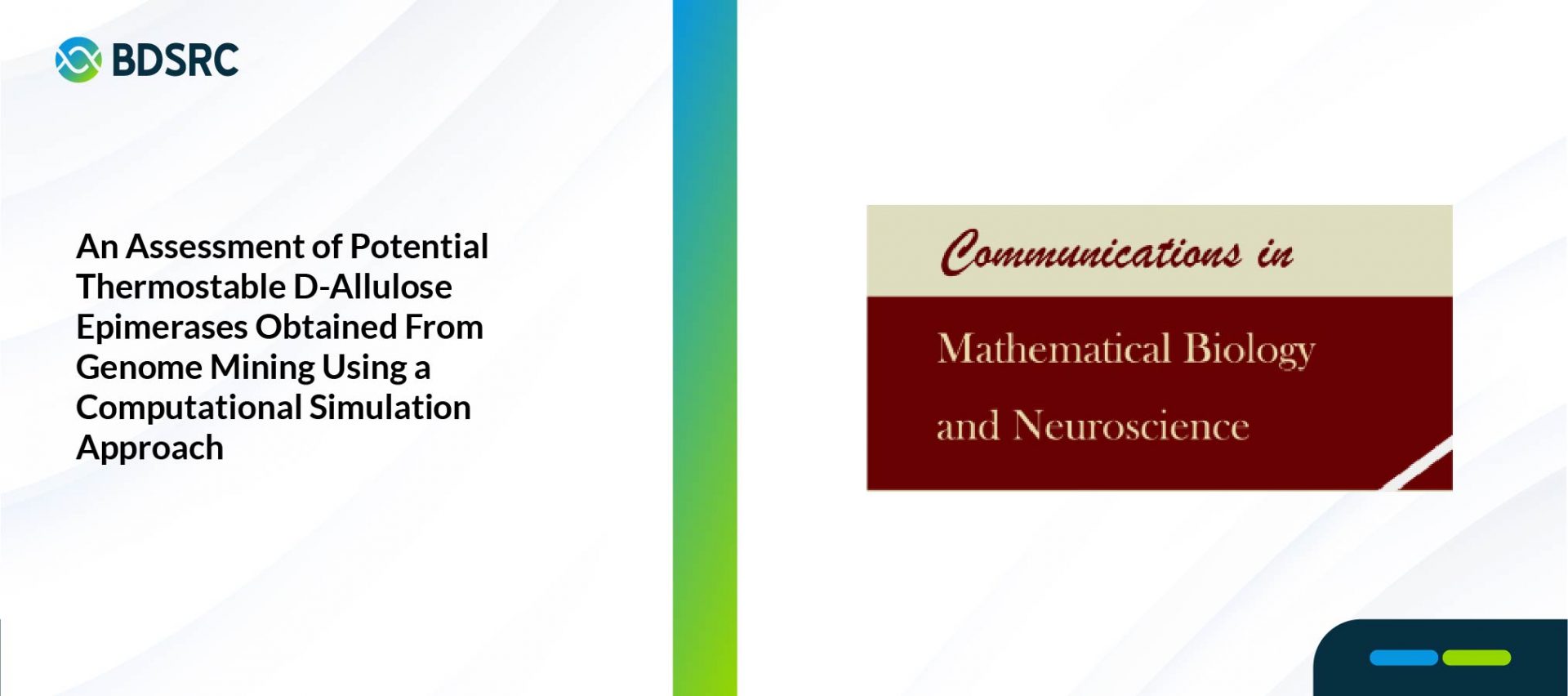An Assessment of Potential Thermostable D-Allulose Epimerases Obtained From Genome Mining Using a Computational Simulation Approach

D-Allulose is a type of rare sugar with low-calorie and many health benefits, which shows a great prospect to be utilized for the food industries. The production of D-Allulose can be achieved biotechnologically using D-Allulose 3-Epimerase (DAEase) enzyme, which is an environmentally friendly approach compared to the chemical method. However, for the sustainable and large-scale production of D-Allulose, it is necessary to use the DAEase enzyme that has several characteristics, such as high thermal activity, high stability, and high specificity. The present work aims to discover new potential DAEase from thermophilic bacteria via a computational biology approach. Genome mining was first performed to obtain the relevant sequences from the database. The sequences were subsequently examined in order to ascertain their phylogenetic placements and identify the conserved motifs. Additionally, 3D modeling and Molecular Dynamic (MD) simulation of the protein were undertaken to explore the potential of the presumed enzyme using computational analysis. Two sequences originating from the species C. composti were uncovered through the process of genome mining. These sequences were subsequently confirmed to be homologous and displayed a comparable structure to the already established DAEases, including the presence of active site conformations and metal binding sites. Based on molecular dynamics (MD) simulation, it was determined that CcDAE1 exhibited relatively greater structural stability in comparison to CcDAE2, although still lower than that observed in NtDAE. Overall, this work has shown the applicability of computational biology to find the new DAEase with the desired characteristics.
Communications in Mathematical Biology and Neuroscience
Rudi Nirwantono, Alam Ahmad Hidayat, Joko P. Trinugroho, Digdo Sudigyo, Bens Pardamean
